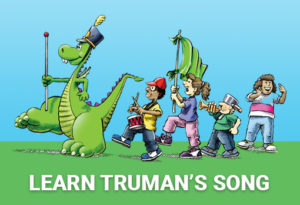Kidshape – March 2016
Many families spend winter figuring out how to chase away cabin fever and endure frigid temperatures until spring and summer mercifully return. Parents thinking ahead to swimming pools and days lounging on the beach can put their daydreams to practical use by planning ahead for their youngsters’ summer vacations. Youth recreational programs and summer camps can bridge the gap in care between the end of school and the day when classes resume. Due in part to high demand, parents who want to place their kids in summer rec programs or summer camps should begin vetting such programs and camps well in advance of summer. The following are a handful of tips for moms and dads who want their kids to have fun and fulfilling summers. Ask for recommendations. Speak with fellow parents and trusted friends about where they send their children. Personal recommendations can be very helpful, providing firsthand insight into a particular camp or program. Schedule appointments to visit camps that fall within your budget. Take your son or daughter along so he or she can get a sense of what camp will be like. Explore all options. Camps come in more flavors than ever before. Certain camps may be faith-based ministries while others may focus on particular sports. Band camps and art camps may appeal to creative kids. Also, there are plenty of general-interest camps that offer various activities without narrowing in on any particular one. Parents may need to choose between a sleepaway camp or day camps, depending on which camp experience they want for their children. Inquire about camp schedules. While many camps are flexible, day camps do not have the same level of flexibility as after-school programs. Arrangements will need to be made if care is required after regular camp hours. Speak with camp staff to see which types of after-hours programs, if any, are available. Determine your camp budget. As varied as program offerings may be, camps also can vary greatly with regard to cost. Government-run camps may be less expensive than those offered by private companies. Day camps typically cost less than those that provide room and board. Find out if a particular organization subsidizes a portion of camp costs. Scouting programs often have a dedicated camp and may offer affordable options for scouts. Martial arts schools and dance centers frequently offer camp schedules. If camp seems out of reach, look into local summer recreation programs at parks or schools. Such programs may not be as extensive as those offered by camps, but they can quell kids’ boredom and keep children occupied during the day. In addition to camp, remember to plan for some free days so children can just enjoy some downtime. Such days can break up the monotony of a routine and provide kids and families time to relax together. Summer recreation may be far off, but it is never too early to start making summer plans, including finding camps and other activities for kids.





